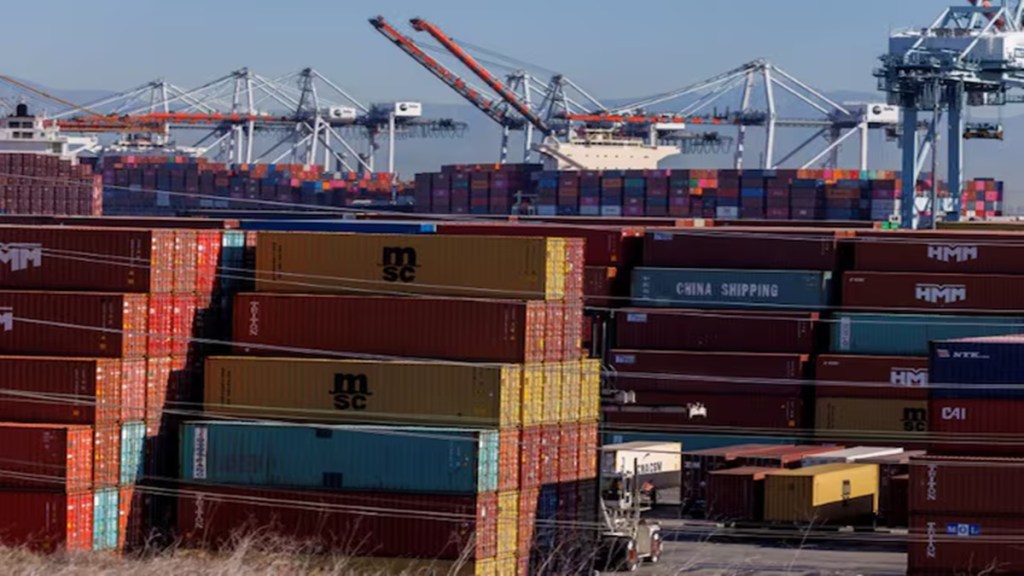The government has directed exporters to ensure that they do not try to use countries with lower tariffs to route their exports to the US or allow other countries to use India to access the American markets, director general of Federation of Indian Export Organisations Ajay Sahai said.
The differential import duties for countries by the US under its reciprocal tariff plan gives rise to the possibility that exporters might try to use countries with lower tariffs to route their exports to the US. For Indian exporters UAE and Singapore with baseline tariffs of 10% are attractive locations for routing goods to the US.
Getting goods to Singapore and UAE for re-exports to the US is also attractive for Indian exporters because of the existing Free Trade Agreements (FTA) with both the countries.
Similarly China and some of the countries in the 10-nation Association of Southeast Asian Nations (ASEAN) like Vietnam, Thailand and Indonesia which have higher tariffs than India may try to use India as a route to get into US markets. Goods from Asean will get preferential entry into India due to the Asean India Trade in Goods Agreement (AITIGA).
At the meeting with export promotion councils and industry chambers called to discuss the emerging trade scenario, its impact and opportunities, exporters asked the Ministry of Commerce to step up support by relaunching the Interest Equalisation Scheme (IES), expansion of Remission of Duties and Taxes on Exported Products and soft loans to help them tide over the liquidity squeeze.
“Some buyers in the US have asked to hold back shipments in view of the uncertainty in tariff situation which has led to exporters holding the inventory and bearing its costs. To deal with the situation the government should look at providing soft loans to the exporters,” Sahai said.
In international trade it is the buyer who pays import duties but due to sudden hike in tariffs the US importers are asking the sellers to bear 50% of the burden of these tariffs. “The exporters are in no position to take these costs as they operate on thin margins. The support is also needed to tide over this situation,” he added.
The exporters have asked for return of IES in its original form which provided an interest subsidy of 5% to small and medium exporters and 3% to manufacturer and merchant exporters. The scheme expired on December 31, 2024. The issue of cheaper credit will be addressed through the Export Promotion Mission (EPM) which is under preparation.
The exporters also asked for extension of RoDTEP which is ending on September 30. The benefits of the scheme should also be extended to advance authorisation holders and export oriented units (EoU), Sahai said.
The government also informed the exporters it is monitoring imports on a weekly basis and for some commodities on a daily basis to check the dumping of products from countries which find it hard to access the US market.
At the meeting Commerce and Industry Minister Piyush Goyal apprised exporters of the discussions on the Bilateral Trade Agreement (BTA) with the US. The minister said that different countries are approaching the tariff imposition in a different manner. However, as far as India is concerned, there is a potential for increase in manufacturing, creation of additional jobs because it can attract big players in the global supply chain as India has been able to establish itself as a trusted and reliable partner and with a predictable business friendly destination, a statement said.

